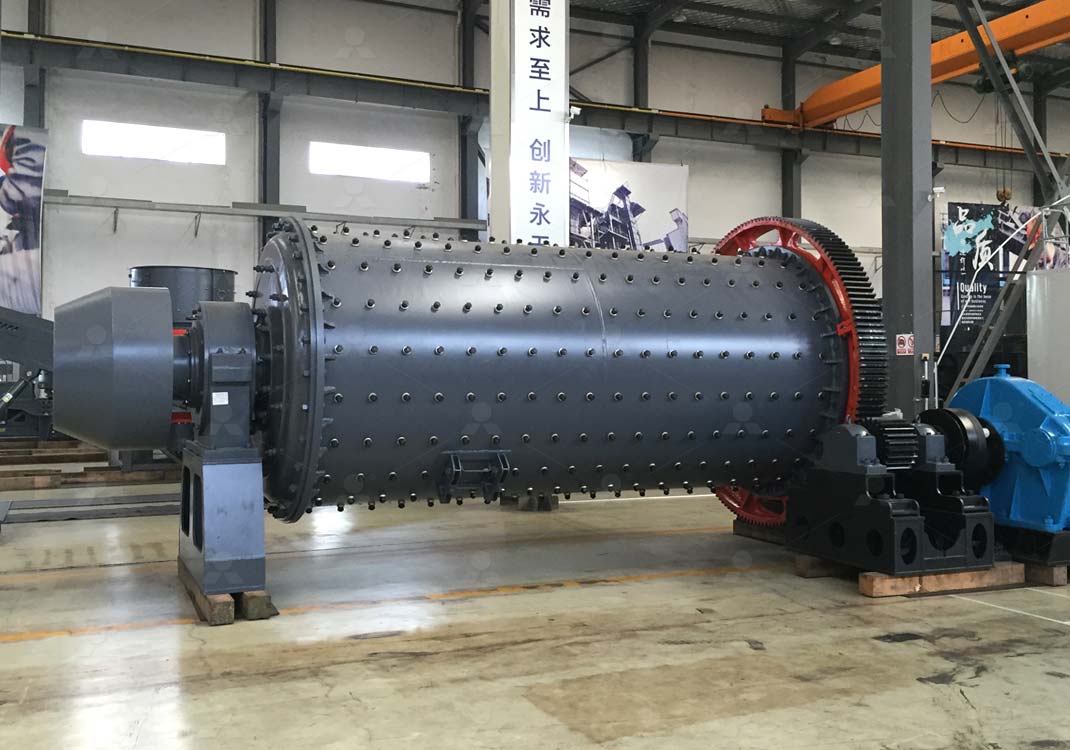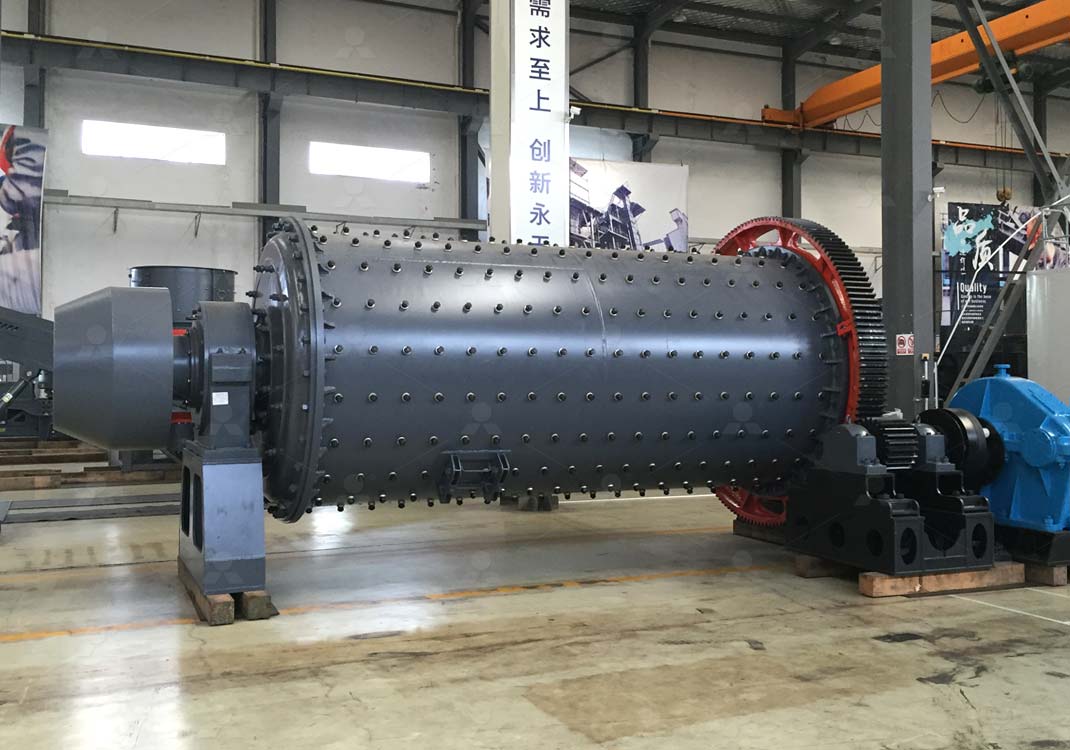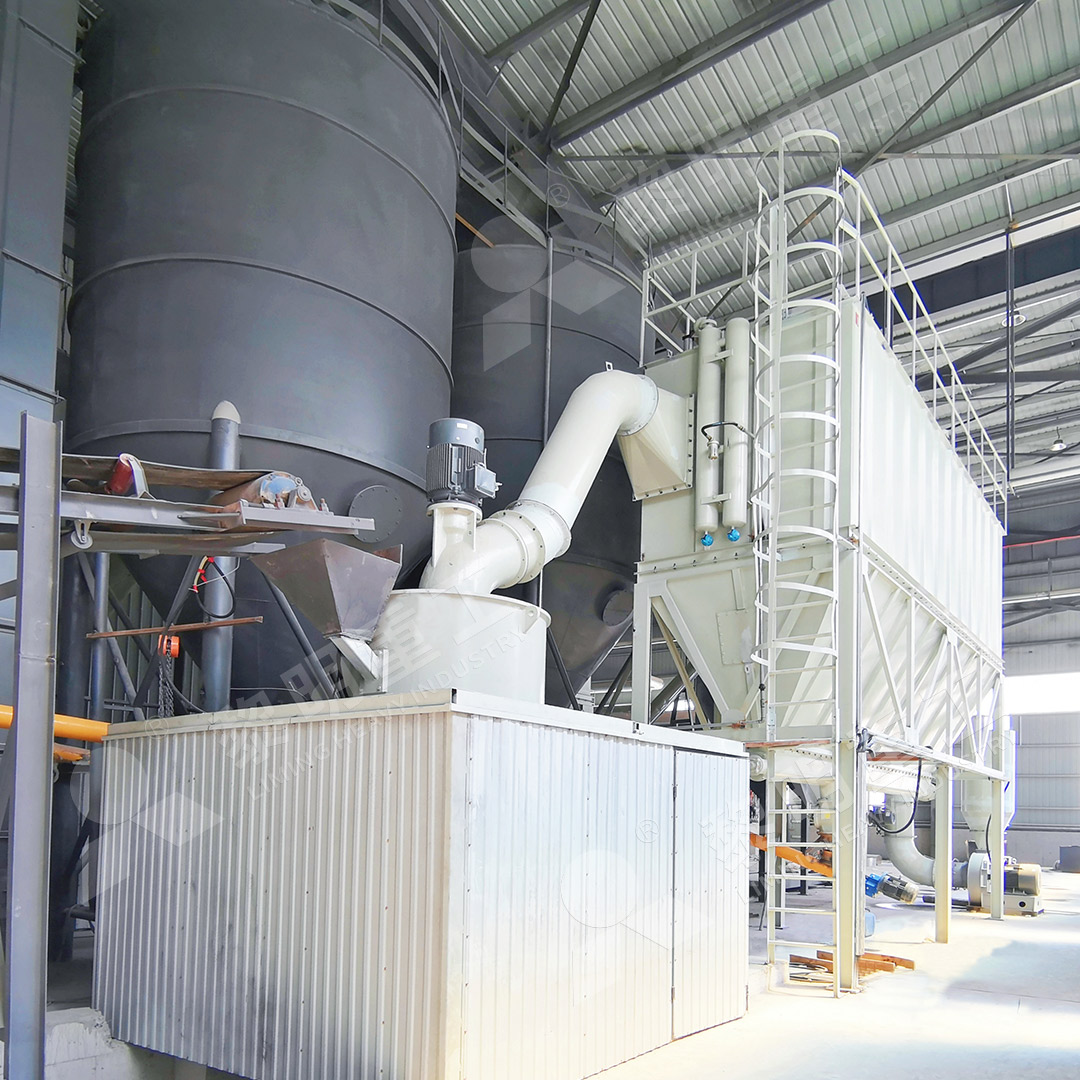Thai Ceramic Ball Mill 30000lt Capacity: Specifications, Pricing & Industrial Applications
We provide a wide range of mills — including Raymond mill, trapezoidal mill, vertical mill, ultrafine mill, and ball mill, obtained ISO9001 international quality certification, EU CE certification, and Customs Union CU-TR certification. Suitable for processing minerals such as limestone, phosphate, quicklime, kaolin, talc, barite, bentonite, calcium carbonate, dolomite, coal, gypsum, clay, carbon black, slag, cement raw materials, cement clinker, and more.
The discharge range of these mills can be adjusted to meet specific processing needs, typically from 80-400 mesh, 600-3250 mesh, and can achieve the finest particle size of up to 6000 mesh(D50).
If you are looking for a reliable grinding solution to turn stone or minerals into fine powder, please feel free to contact our online customer service.
Thai Ceramic Ball Mill 30000lt Capacity: Specifications, Pricing & Industrial Applications
When it comes to large-scale industrial milling, few machines command respect like the Thai Ceramic Ball Mill with a massive 30,000-liter capacity. This workhorse is engineered for heavy-duty continuous operation, designed to handle the toughest materials with relentless efficiency. Let’s break down what makes this titan of industry tick, its applications, and where it fits in the modern processing landscape.
Core Specifications & Operational Overview
The sheer size of this mill is its first defining characteristic. A 30,000lt drum isn’t just about volume; it’s about throughput. We’re talking input sizes up to <25 mm and capacities that can push towards 50 tph, depending on material density and desired fineness. The principle is classic but effective: a horizontal rotating chamber filled with grinding media—often high-alumina ceramic balls for contamination-sensitive applications—cascades and impacts the feed material, reducing it to a fine powder through sheer force and attrition.

The construction is typically robust steel, lined with wear-resistant ceramic bricks or alumina blocks to prevent metallic contamination, a critical feature for ceramics, pigments, and advanced materials. Drive systems are heavy-duty, often utilizing pinion and gearing designed for smooth, high-torque operation under full load.
Pricing Considerations: It’s an Investment
Let’s be frank: you don’t buy a 30,000lt ball mill on a whim. Pricing is substantial, reflecting the raw materials, precision engineering, and power systems required. While exact figures are project-specific, expect investments to range significantly based on liner material, motor specifications, and control system complexity. The true cost of ownership, however, is measured over years of service. Their simplicity often translates to lower maintenance costs compared to more complex mills, but energy consumption is a major operational expense due to the weight of the drum and media.
Dominant Industrial Applications
This isn’t a machine for niche applications. Its home is in capital-intensive industries where high-volume powder production is paramount.
- Ceramic Tile & Sanitaryware Manufacturing: Grinding feldspar, quartz, clay, and other body and glaze components to precise fineness.
- Industrial Minerals: Processing large volumes of limestone, calcite, and talc for fillers in plastics, paints, and paper.
- Paints & Coatings: Achieving ultra-fine dispersion of pigments and extenders for high-quality finishes.
- Construction Materials: Grinding cement clinker and other raw materials.

The Modern Alternative: Beyond the Ball Mill
While the ball mill is a proven technology, it’s not always the most efficient. For operations looking to upgrade or for new projects where energy efficiency, finer products, or lower contamination are priorities, modern grinding solutions offer compelling advantages.
For instance, our MW Ultrafine Grinding Mill represents a significant leap forward. Designed for customers needing to make ultra-fine powder (adjustable between 325-2500 meshes!), it operates with higher yielding and lower energy consumption. With the same fineness and power, its production capacity is 40% higher than jet mills and double that of a ball mill, while system energy consumption is just 30% of a jet mill. It’s equipped with an efficient pulse dust collector and muffler, making the entire production process more eco-friendly—a major consideration today. It’s perfect for advanced ceramics, cosmetics, and high-purity chemicals where the ball mill’s potential for iron contamination from wear is a deal-breaker.
Another standout is the LUM Ultrafine Vertical Grinding Mill. It integrates grinding, grading, and transporting into a single, compact unit. Its unique roller shell and lining plate grinding curve design promotes easier material layer formation, enabling a high rate of finished product in a single pass. This enhances efficiency and improves the whiteness and cleanliness of products—something crucial in the ceramic and filler industries. It reduces energy consumption by 30%-50% compared to traditional mills, a massive saving on operational expenditure.

Conclusion: Choosing the Right Tool
The Thai 30000lt Ceramic Ball Mill remains a robust, reliable solution for high-tonnage, coarse to medium-fine grinding tasks where initial CapEx is prioritized and contamination is managed via ceramic linings. However, for forward-thinking operations focused on energy savings, finer product specs, and lower total operating costs, technologies like the MW and LUM series grinders are worth serious consideration. They represent the next evolution in size reduction, offering precision, efficiency, and environmental performance that old-school ball mills simply can’t match.
